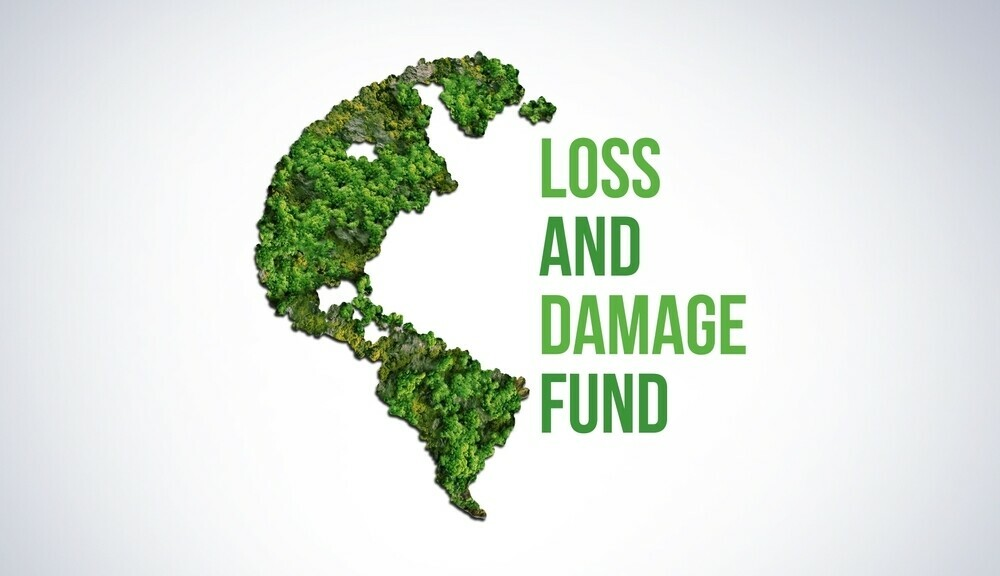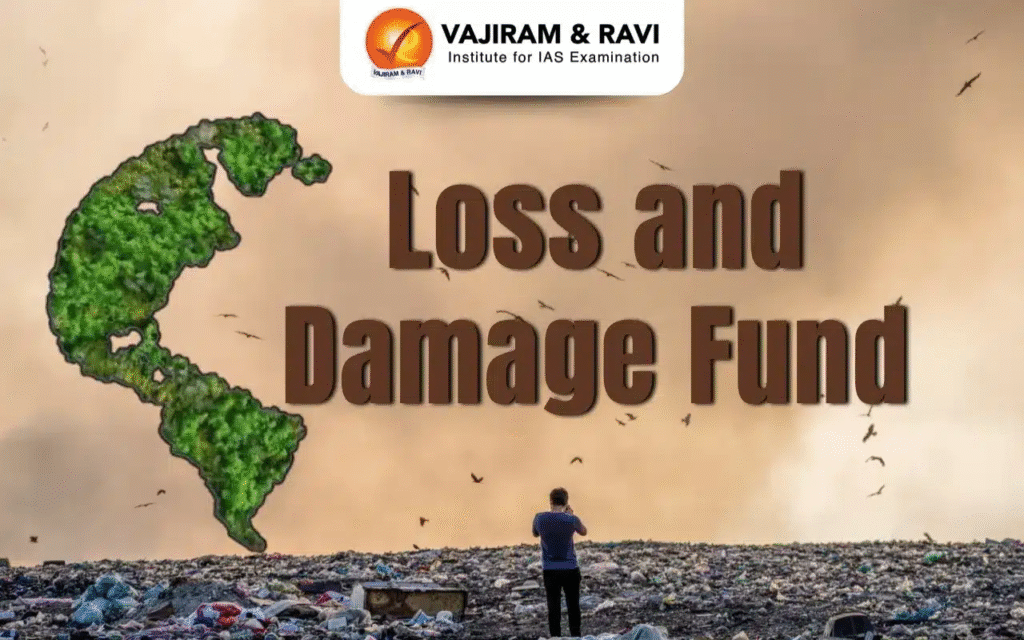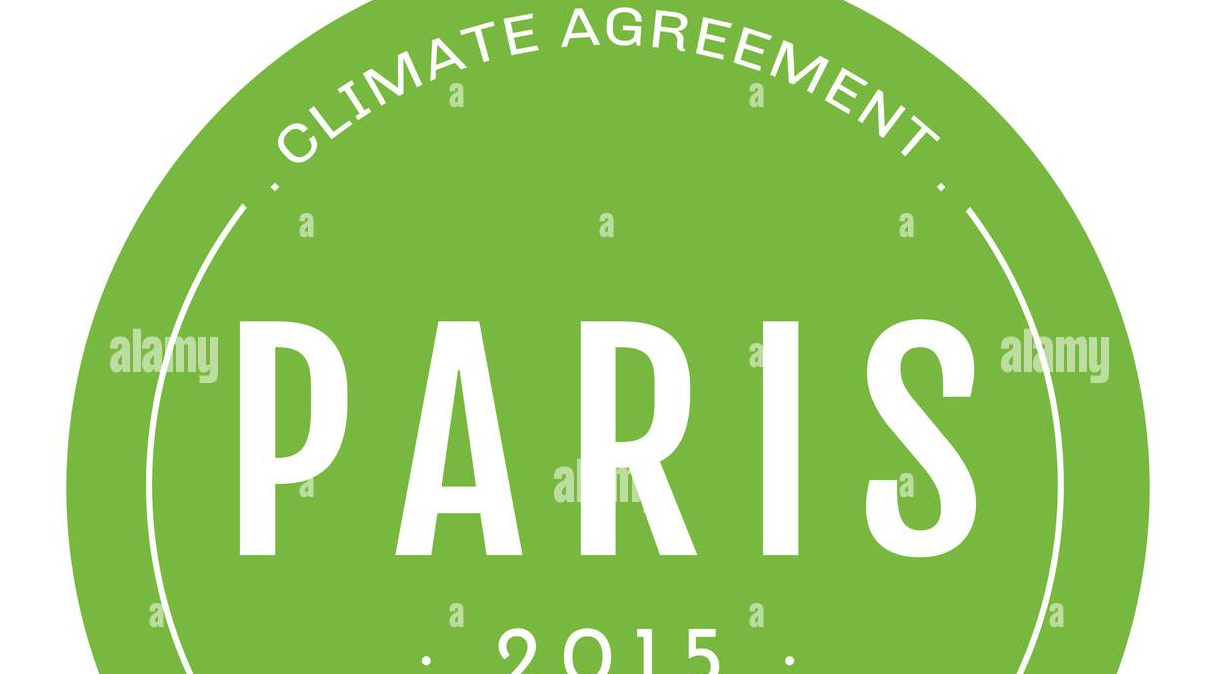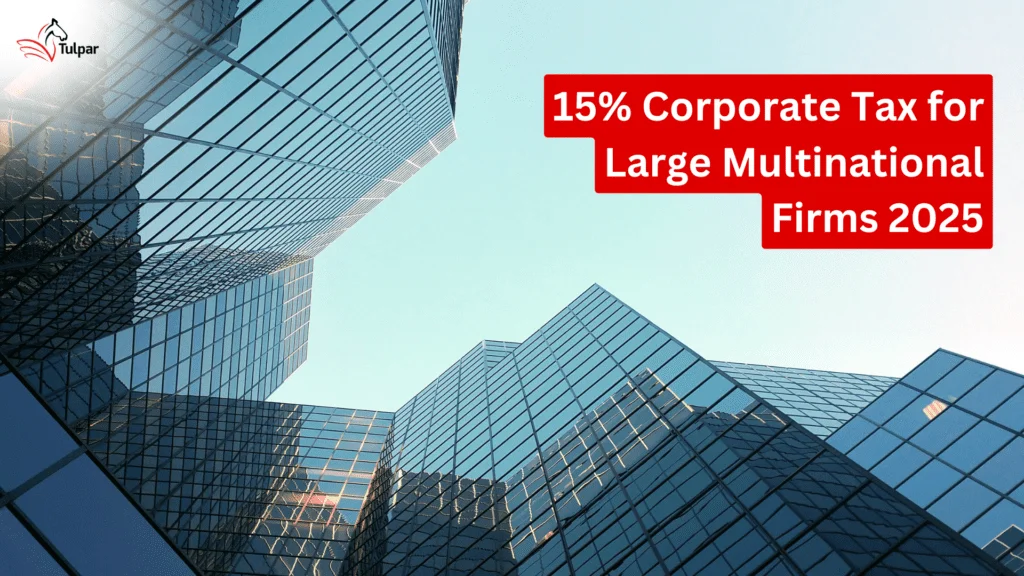Now Reading: Who Will Pay? Big Questions Around the Loss and Damage Fund 2025
-
01
Who Will Pay? Big Questions Around the Loss and Damage Fund 2025
Who Will Pay? Big Questions Around the Loss and Damage Fund 2025

Table of Contents
The world is seeing more floods, wildfires, droughts, and deadly storms every year. But who pays for the destruction caused by these climate disasters? The answer is finally taking shape in the form of the Loss and Damage Fund—a historic financial tool designed to help the world’s poorest and most vulnerable countries deal with the terrible costs of climate change.
The Loss and Damage Fund has been in the news since global leaders agreed to create it during the United Nations COP27 climate summit in Egypt in 2022. This fund marks a breakthrough after more than 30 years of demands by small island nations and developing countries who suffer the most from climate disasters but contribute the least to global warming.
But how does this fund work? Why is it important? And will rich nations really pay up? Let’s break this down simply.
What Is the Loss and Damage Fund?

The Loss and Damage Fund is a pool of money collected from wealthier nations and major polluters to help poorer countries deal with the damage caused by climate change.
Unlike other climate funds meant for reducing carbon emissions or helping countries adapt to climate change, this fund specifically covers “loss and damage”—meaning the destruction already happening due to rising sea levels, extreme storms, and other disasters caused by global warming.
For example, if floods in Bangladesh destroy homes, or rising sea levels make villages in the Pacific Islands unlivable, this fund is supposed to help these countries rebuild or relocate.
Why Was the Fund Created?
Developing countries have argued for decades that they are paying the price for a crisis they did not create. The majority of greenhouse gas emissions that cause climate change come from rich nations and industrialized economies like the United States, the European Union, and China.
But the impacts of climate change—such as severe droughts in Africa, deadly floods in Asia, and sinking islands in the Pacific—are often felt most in poorer countries that lack money for recovery and rebuilding.
As pressure from developing nations grew stronger and climate disasters became more frequent and costly, rich nations finally agreed in 2022 to create the fund. This decision was widely celebrated as a “historic win” for climate justice.
How Much Money Will Go Into the Fund?
This is the big question that remains unclear. So far, around $700 million has been pledged by several countries, including the United Arab Emirates ($100 million), Germany ($100 million), the UK ($50 million) and others.
However, experts say the actual need could reach hundreds of billions of dollars annually to cover the real costs of damage in vulnerable countries.
For comparison, Pakistan’s deadly floods in 2022 alone caused over $30 billion in damage. This shows that the money pledged so far is not nearly enough.
Who Will Pay and Who Will Get the Money?
Under the current plan, developed nations that have historically emitted the most carbon dioxide are expected to pay into the fund. This includes countries like the United States, Canada, Australia, and European Union members.
But the debate is ongoing about whether big developing polluters like China and India should also contribute. Some argue that because China is now the world’s largest carbon emitter, it too should help fund recovery efforts in poorer countries.
The countries most likely to receive money are small island nations like Tuvalu, Vanuatu, and the Maldives, and climate-vulnerable developing countries in Africa, Asia, and Latin America.
Will the Loss and Damage Fund Work?

Many experts and environmental groups have praised the creation of the fund, but they also warn that there are serious challenges ahead:
- Not Enough Money Yet: The current pledges fall far short of what’s needed.
- Who Controls the Money?: Disagreements exist over who will manage the fund—whether it will be the World Bank, the United Nations, or a new body.
- Speed of Delivery: Vulnerable countries need money fast after disasters, but global funds are often slow to distribute aid.
- Accountability: Some worry that wealthy nations will promise money but not actually deliver it—as has happened with other climate finance promises in the past.
Still, the creation of the Loss and Damage Fund is seen as a positive step forward and a rare example of global cooperation on climate justice.
Why Does This Matter for Everyone?
The Loss and Damage Fund is not just about helping distant countries. It reflects a growing awareness that climate change is a global problem, and its effects—such as supply chain disruptions, mass migrations, and economic shocks—will reach every part of the world.
Helping vulnerable nations now could reduce the risk of bigger crises later. It could also make climate action fairer and more just, improving trust between rich and poor nations.
What Happens Next?
At the COP29 climate summit in Azerbaijan in 2024, countries are expected to finalize the rules for how the fund will work and decide who will pay and who will benefit.
Many developing nations hope that this fund will finally provide the support they need to survive the worst effects of climate change.
But much will depend on whether wealthy nations live up to their promises—not just with words, but with real money.
Conclusion
The Loss and Damage Fund is a long-awaited victory for climate-vulnerable countries, but its future is uncertain. It offers hope that those suffering from climate disasters might finally get the help they deserve. Yet, unless rich nations provide enough money—and fast—the fund could end up being another empty promise.
For now, the world watches and waits to see if this new fund can truly deliver climate justice for all.
Read More:- Deyaar’s Latest Announcement Shakes Up the UAE Property Market





















